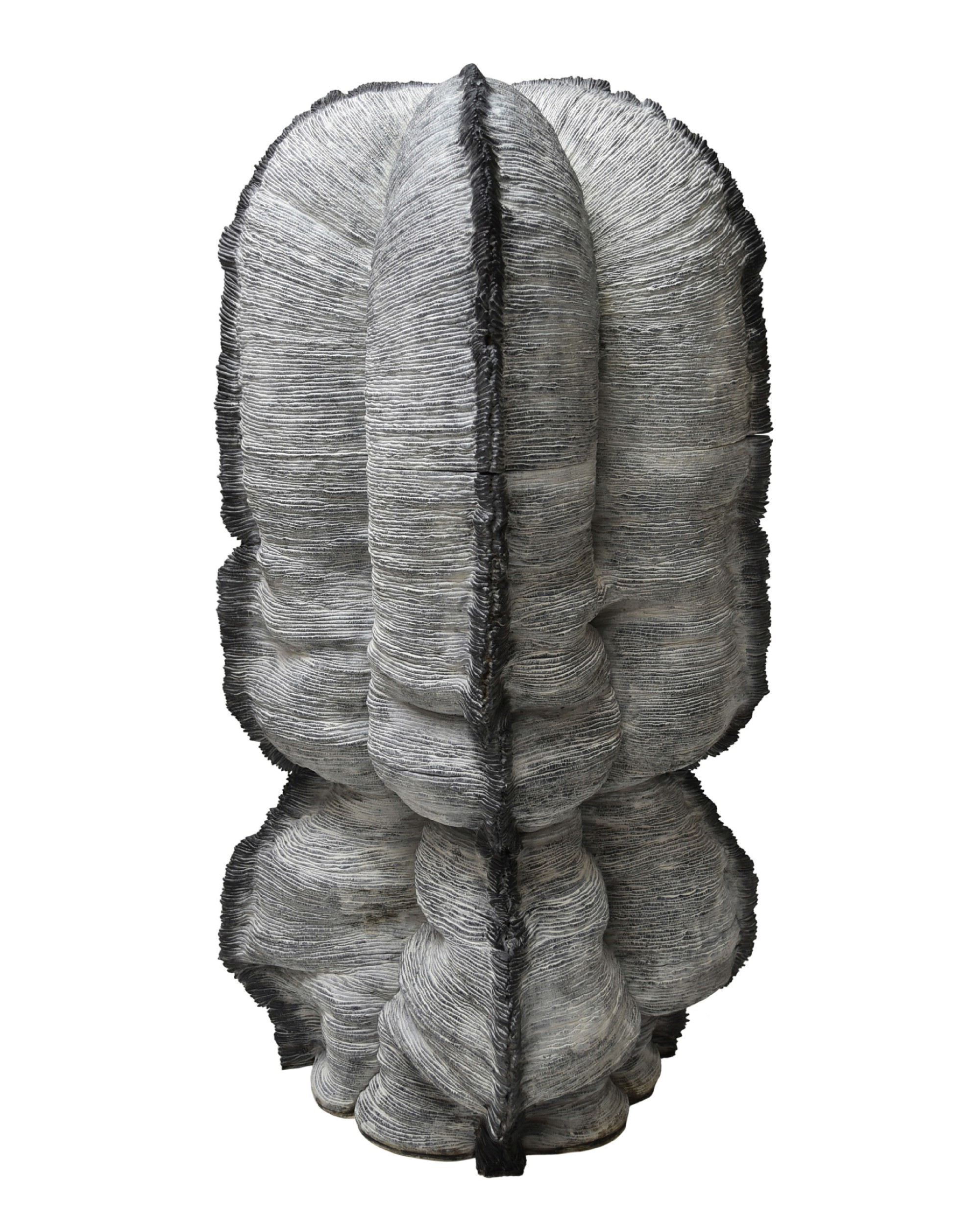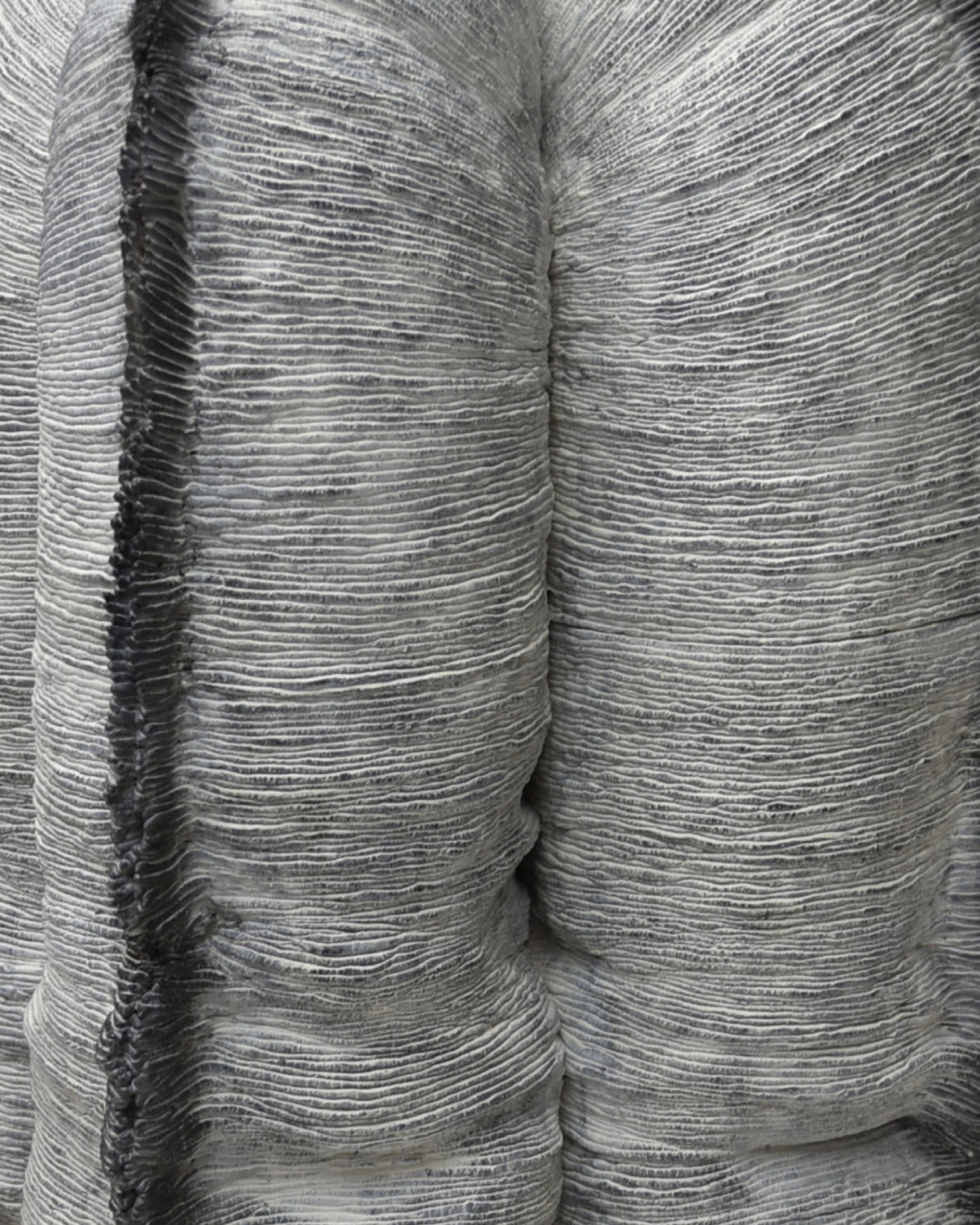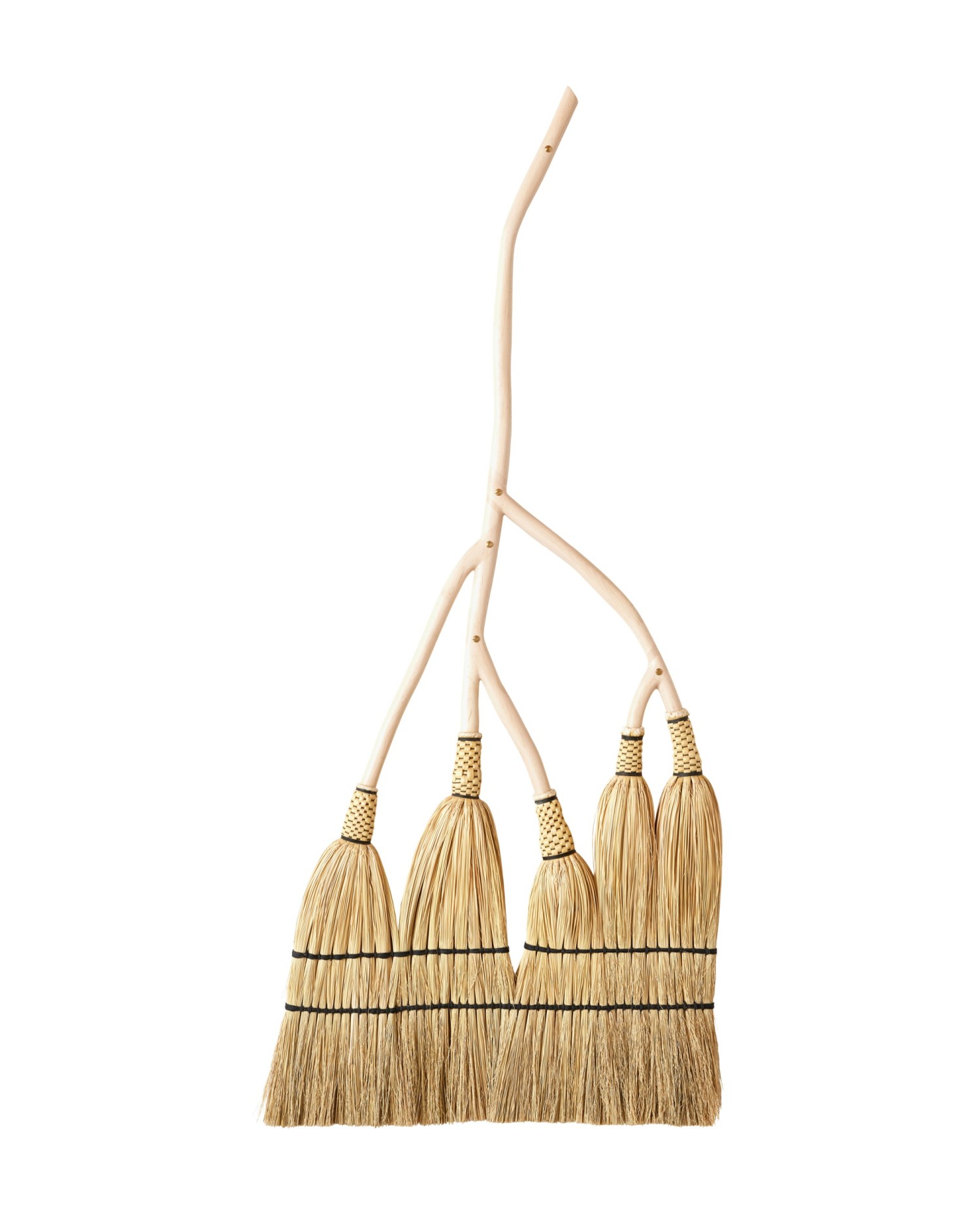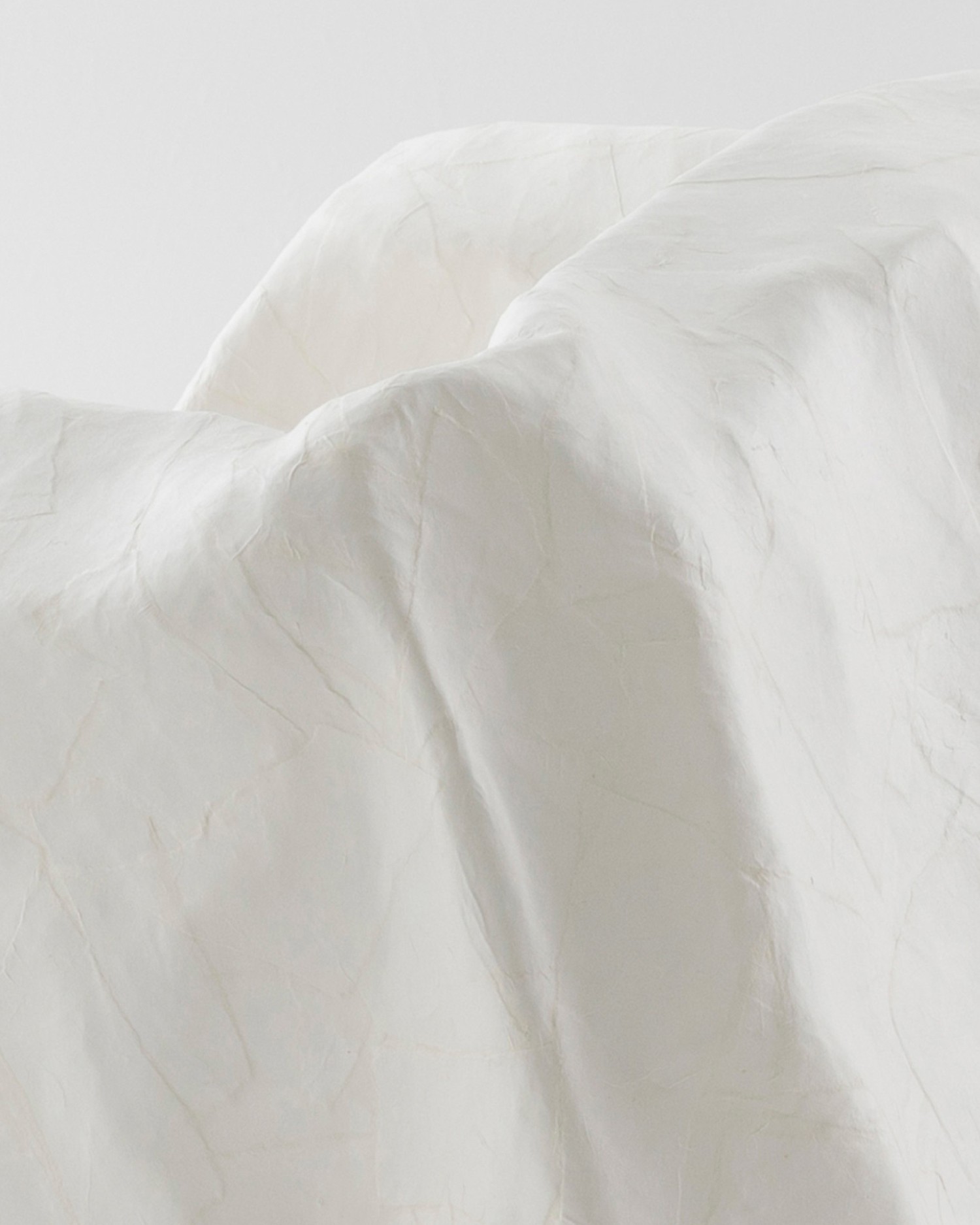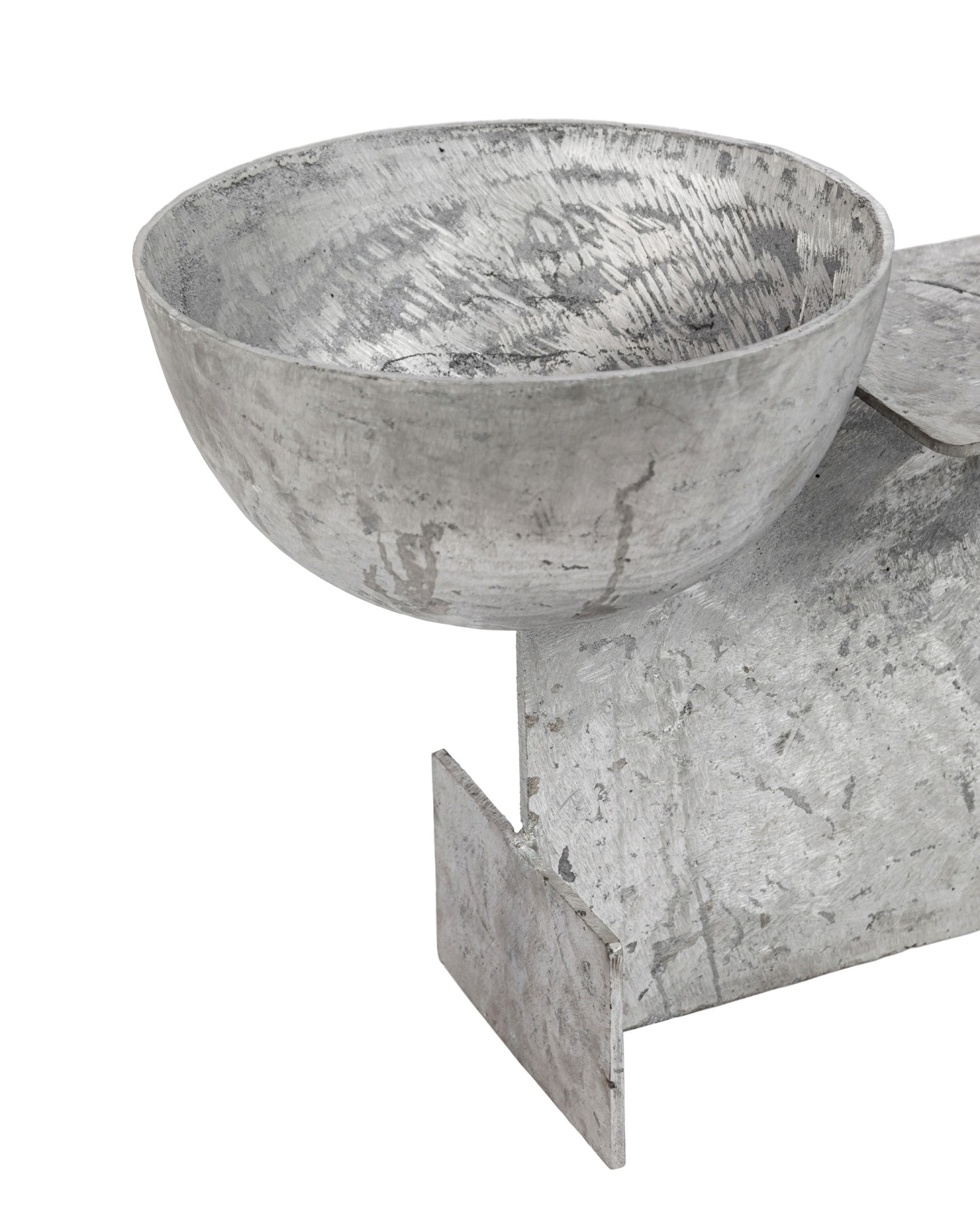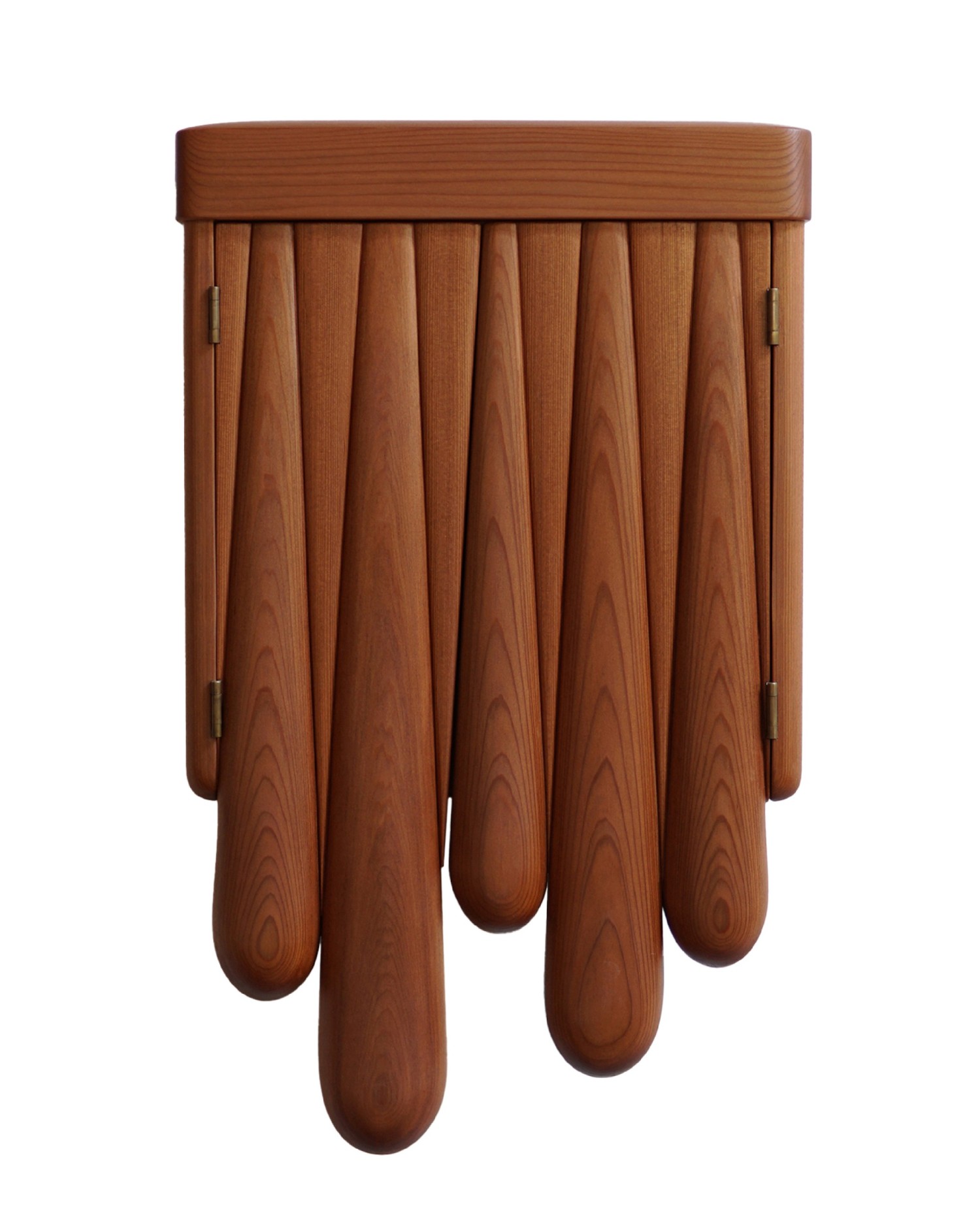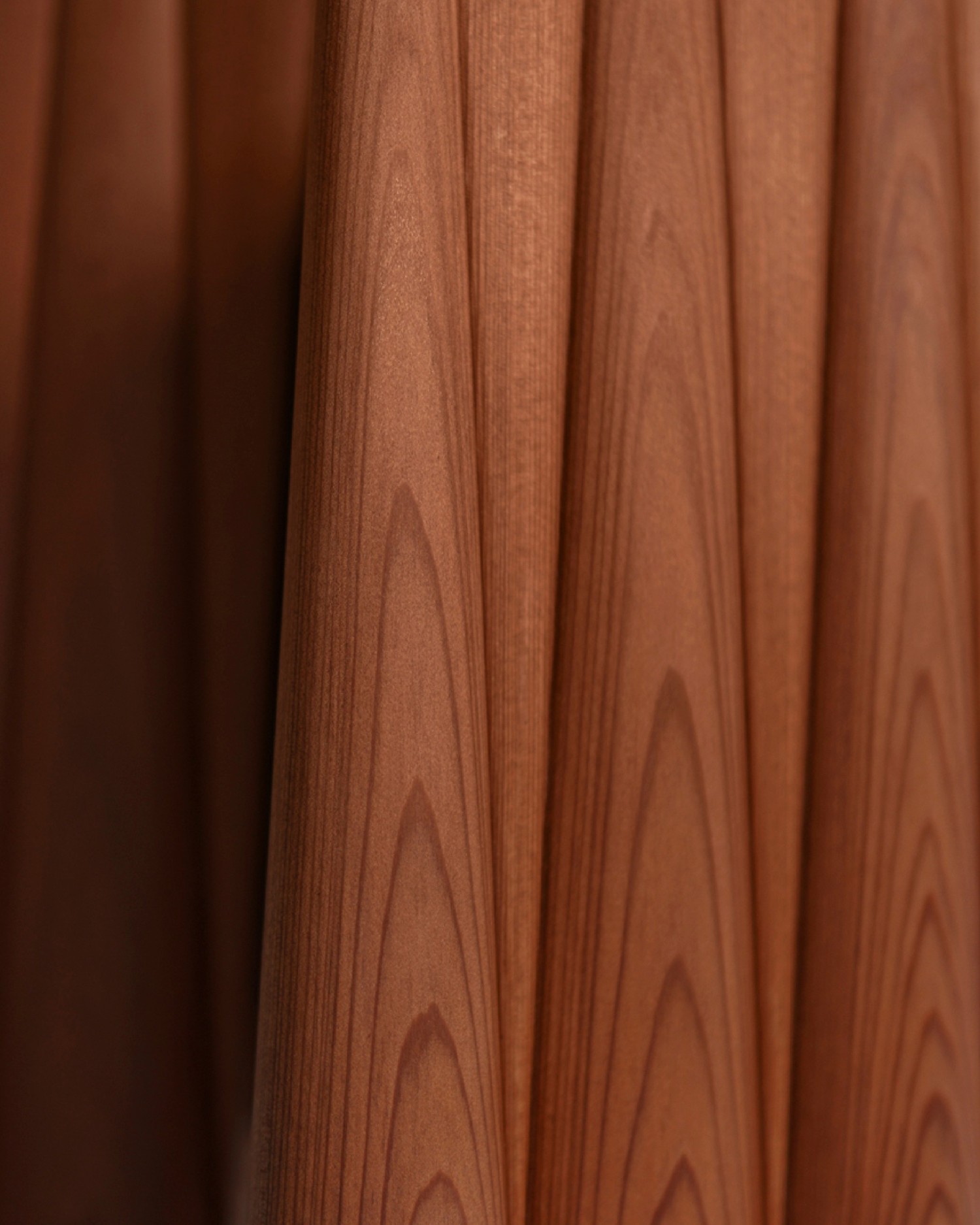Following a highly acclaimed edition at the Palais de Tokyo in Paris last year, the Loewe Foundation Craft Prize is coming to the Thyssen-Bornemisza National Museum in Madrid for its latest edition. From 30 May to 29 June 2025, thirty artisans from around the world will exhibit their work, showcasing the innovation and richness of contemporary craftsmanship.
Jonathan Anderson, who was artistic director of Loewe for twelve years, stepped down last spring. Hailed for redefining the identity of the Spanish leather goods house founded in 1846, the Irish designer stood out for his attachment to handmade products and craftsmanship, which he placed at the heart of the brand’s contemporary vision. It is precisely this approach that has driven the Loewe Foundation Craft Prize since its creation in 2016.
For this latest edition, a jury of leading figures from the worlds of design, architecture, criticism, museum curation and journalism selected the works of thirty finalists from over 4,600 entries submitted by artisans from 133 countries. These creators stand out for the diversity of the materials they explore, ranging from ceramics to paper, glass to metal, textiles, wood and lacquer.
Among them, artisans Kunimasa Aoki (Japan), Aspen Golann (United States), Jungin Lee (Republic of Korea), Nifemi Marcus-Bello (Nigeria) and Laura Mays (Ireland) each present a finalist work, illustrating the richness and international scope of this prestigious selection. Analysis.
REALM OF LIVING THINGS 19 BY JAPANESE ARTISAN KUNIMASA AOKI
Through sculpture, artist Kunimasa Aoki seeks to highlight the power of nature, like “small insects building huge nests”, he says. It was during his studies at Musashino Art University that the young man developed a passion for the malleability of clay, a material that would become central to his artistic practice. “My sculptures don’t just represent life”, Aoki continues, “they embody the very form of existence, in a presence that is both silent and powerful”. This philosophy shaped his series Realm of Living Thing, created using thin coils of clay stacked and then fired until the material began to smoke. The work is then covered with a finish combining earth, glue and pencil marks.
GROUP WORK BY AMERICAN ARTISAN ASPEN GOLANN
With Group Work, American artist Aspen Golann revisits the two-headed Appalachian wedding broom, incorporating craft techniques from the colonial era. By combining the art of furniture making with the aesthetics of modest domestic objects, she questions the place of manual labour in history. Hand-carved from maple and adorned with brass rivets, the handle supports several heads made of hand-tied sorghum stalks, transforming a functional tool into a symbolic work of art.
A SOFT LANDSCAPE BY KOREAN ARTISAN JUNGIN LEE
This is not a chair, but a response to the waste and excess of our time. Made from layers of hanji, a traditional Korean paper made from mulberry fibres, A Soft Landscape was created organically, like the elements found in nature. “I take the same approach, letting the structure find its own form”, explains the artisan. Each layer, composed of three hundred sheets of hanji, is fixed by hand using a simple flour paste. Once dry, the work offers a seat that is both surprisingly solid and almost airy in its lightness.
TM BENCH WITH BOWL BY NIGERIAN ARTISAN NIFEMI MARCUS-BELLO
With its unusual structure, the work TM Bench with Bowl questions notions of exchange, globalisation, power relations and the impact of consumerism in Northern countries. To create this hybrid piece, which straddles the line between sculpture and furniture, artisan Nifemi Marcus-Bello used recycled aluminium, which was melted down and cast into several pieces using moulds made from plywood and recycled materials.
FLUVIAL BY IRISH ARTISAN LAURA MAYS
Combining 1970s Californian cabinet-making techniques with a modernist approach to craftsmanship, the structure of the wooden cabinet Fluvial, designed by Laura Mays, is a true masterpiece of craftsmanship. The doors, finely carved from century-old redwood, seem to melt and extend beyond their original structure. “I want to create objects that are deeply connected to their material”, says Mays. Inside, a half-circle swivel drawer made of curved laminated wood completes the harmony of this functional piece. •
photos : Realm of Living Things 19, Kunimasa Aoki, terracotta, 400 x 400 x 870 mm, Japan, 2024 © Kunimasa Aoki, Courtesy of Loewe Foundation • Group Work, Aspen Golann, hard maple, brass, broomcorn, waxed linen, 680 x 1600 x 750 mm, United States of America, 2024 © Aspen Golann, Courtesy of Loewe Foundation • A Soft Landscape, Jungin Lee, hanji paper, flour paste, 920 x 800 x 640 mm, Republic of Korea, 2024 © Jungin Lee, Courtesy of Loewe Foundation • TM Bench with Bowl, Nifemi Marcus-Bello, recycled aluminium, 510 x 1120 x 400 mm, Nigeria, 2023 © Nifemi Marcus-Bello, Courtesy of Loewe Foundation • Fluvial, Laura Mays, ld growth salvaged redwood, 285 x 145 x 465 mm, Republic of Ireland, 2024 © Laura Mays, Courtesy of Loewe Foundation
